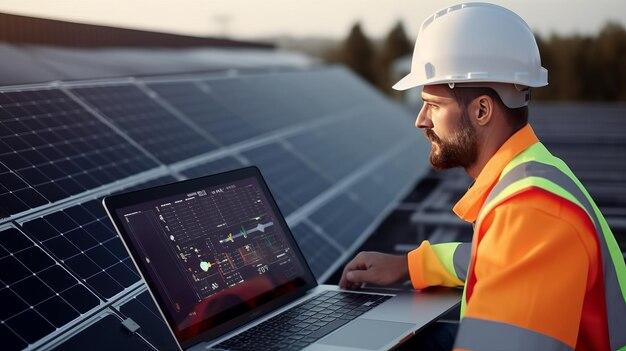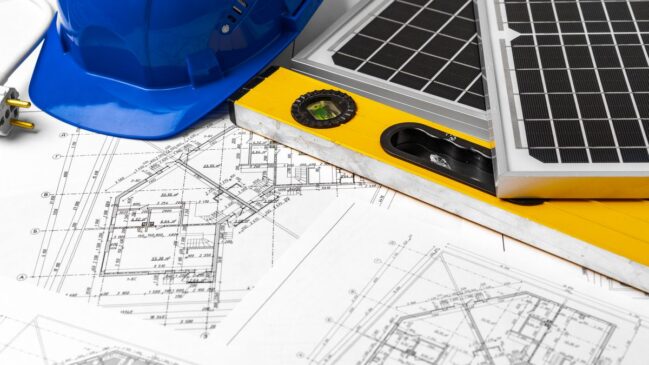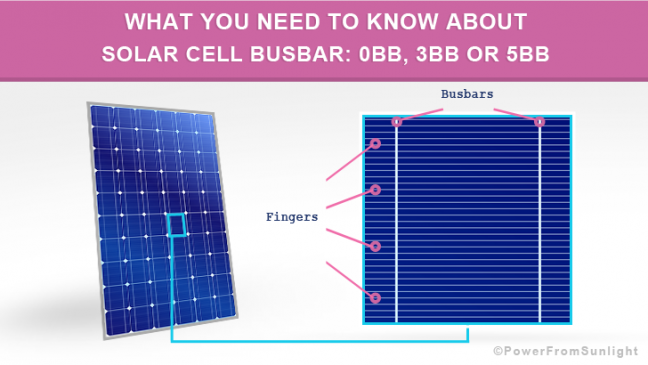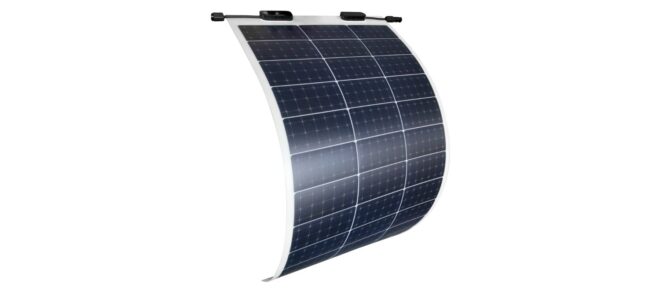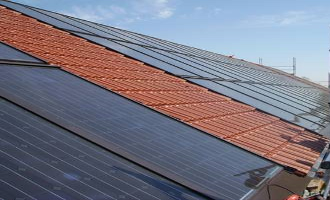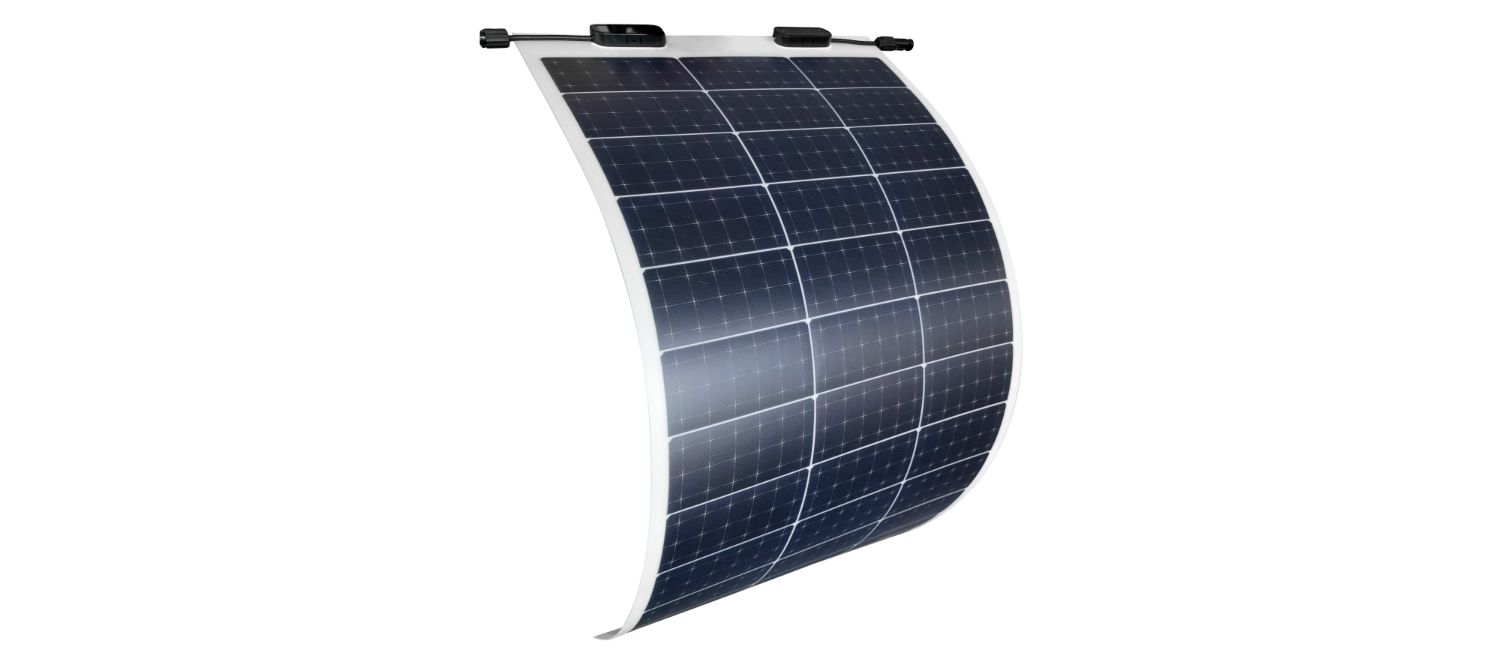
Thin film solar technology involves the use of a thin layer of photovoltaic material in manufacturing. Such as cadmium telluride, copper indium gallium selenide, or amorphous silicon deposited on a substrate. So, What are the advantages and disadvantages of thin-film solar?
Advantages:
Cost-effective: Compared to traditional Thin-film solar panels are generally less expensive to produce. Because they require less material & energy in manufacturing.
Flexible and lightweight: They can be made flexible and lightweight, which makes them more versatile and easier to install on different surfaces.
Better performance: Thin-film solar panels are more efficient in low-light conditions.
Minimal environmental impact: If you are looking for less Ecological footprint, Thin-film solar panels produce less waste during manufacturing and require less energy to produce, making them more environmentally friendly.

Disadvantages of thin-film solar:
They have Lower efficiency: They produce less power per unit area compared to traditional panels
Shorter lifespan: Thin-film solar panels are less durable compared to traditional solar panels, making them not ideal for long-term use.
Toxicity concerns: While Thin-film solar uses fewer materials and energy make, Some of the materials used, such as cadmium and tellurium, are very toxic and can be harmful to humans and the environment if not handled properly.
Required more space: Thin-film solar panels require a larger surface to produce the same watts of electricity compared to traditional solar panels.
conclusion
In conclusion, While thin film solar panels have their advantages and disadvantages. You are the final decision maker on whether or not to use this technology.
Before deciding you should take into consideration these elements
- Thin-film solar is cheaper than silicon-based panels, But you should study the amount of power you will need, during peak and the low season.
- Durability and lifespan of the project
- Know the Space requirements available for your project
- The budget and labor cost will determine the final cost of the watt
- You should be aware of the specific needs of your project
- Environmental impact and sustainability.
- Consider the maintenance requirements and the availability
here is another article about the advantages and disadvantages of thin-film solar panels

